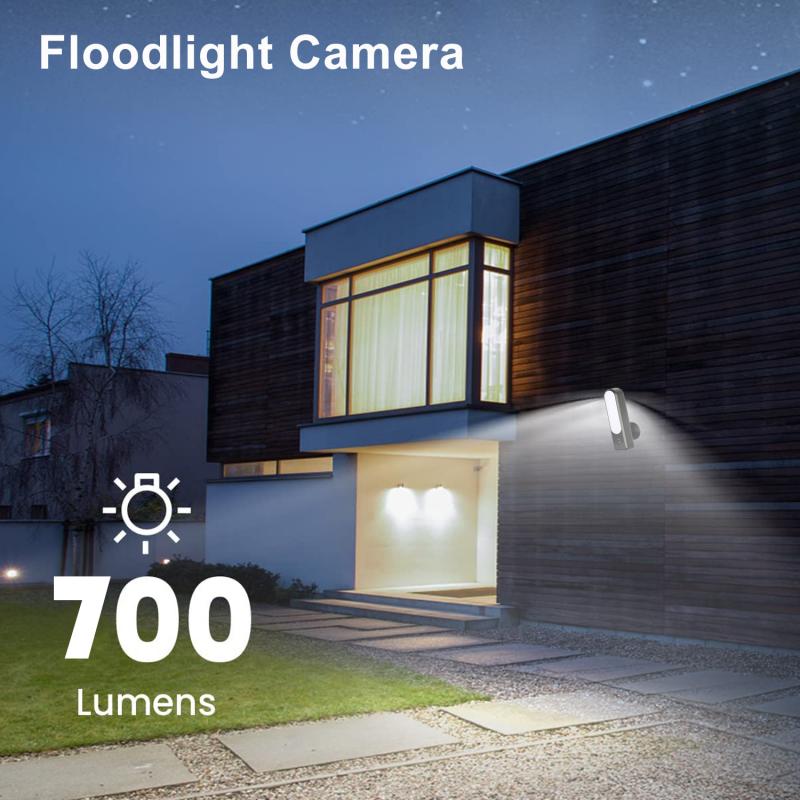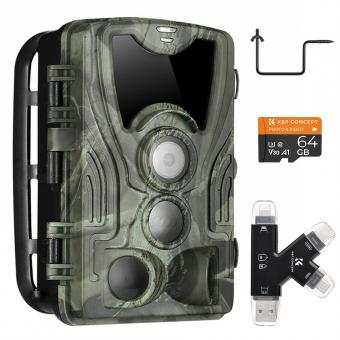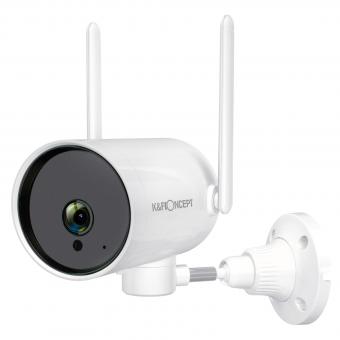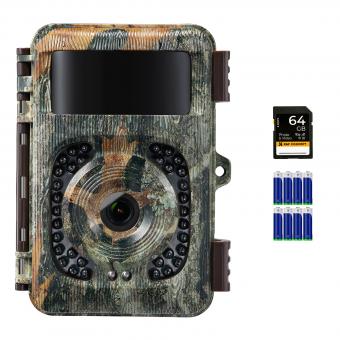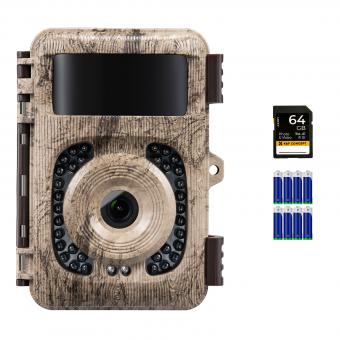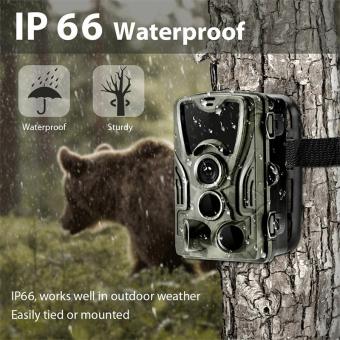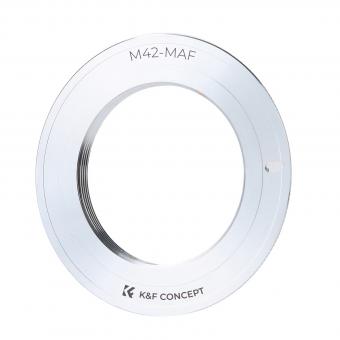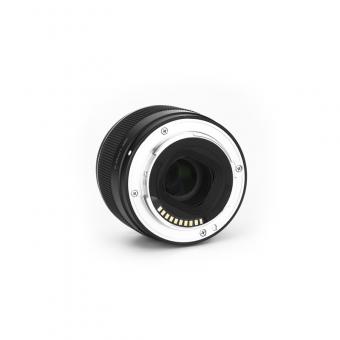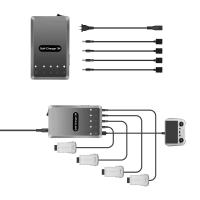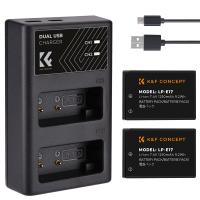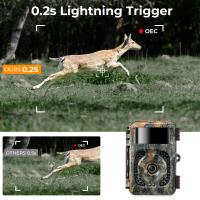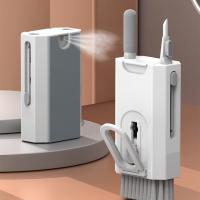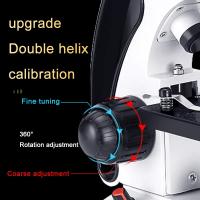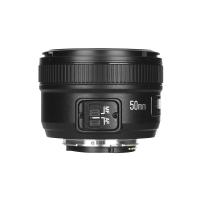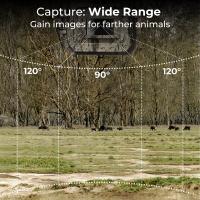How Do I Connect My Camera To Wifi ?
To connect your camera to Wi-Fi, you typically need to follow these steps:
1. Ensure that your camera has Wi-Fi capabilities. Not all cameras have built-in Wi-Fi, so check your camera's specifications or user manual to confirm.
2. Turn on your camera and navigate to the settings menu. Look for the Wi-Fi or Network settings option.
3. Select the Wi-Fi network you want to connect to from the available list. Make sure your camera is within range of the Wi-Fi network.
4. Enter the Wi-Fi password if prompted. This is usually the same password you use to connect other devices to your Wi-Fi network.
5. Wait for your camera to establish a connection with the Wi-Fi network. This may take a few moments.
6. Once connected, you can usually use a companion app or software provided by the camera manufacturer to remotely control and access your camera.
It's important to note that the exact steps may vary depending on the camera model and brand. Refer to your camera's user manual for detailed instructions specific to your device.
1、 Camera compatibility with Wi-Fi networks
Camera compatibility with Wi-Fi networks is an essential feature for modern cameras, allowing users to easily connect their devices to the internet and share their photos and videos wirelessly. To connect your camera to Wi-Fi, you will need to follow a few simple steps.
First, ensure that your camera has built-in Wi-Fi capabilities. Most modern cameras, especially those in the higher-end range, come with Wi-Fi connectivity. However, if your camera does not have this feature, you may need to purchase a separate Wi-Fi adapter.
Once you have confirmed that your camera has Wi-Fi capabilities, you will need to access the camera's settings menu. Look for the Wi-Fi or Network settings option and select it. From there, you will be prompted to choose a Wi-Fi network to connect to.
Select your desired network from the list of available networks and enter the password if required. Some cameras may also have a WPS (Wi-Fi Protected Setup) option, which allows for a quick and easy connection without the need for a password.
After entering the correct network credentials, your camera should establish a connection to the Wi-Fi network. You may need to wait a few moments for the connection to be established.
Once connected, you can now take advantage of the various Wi-Fi features offered by your camera. This may include transferring photos and videos wirelessly to your computer or smartphone, remote control functionality, or even live streaming capabilities.
It is worth noting that camera manufacturers often release firmware updates to improve Wi-Fi connectivity and add new features. Therefore, it is advisable to regularly check for firmware updates for your camera to ensure optimal performance and compatibility with Wi-Fi networks.
In conclusion, connecting your camera to Wi-Fi is a straightforward process that can greatly enhance your photography experience. By following the steps outlined above, you can easily connect your camera to a Wi-Fi network and enjoy the convenience of wireless connectivity.
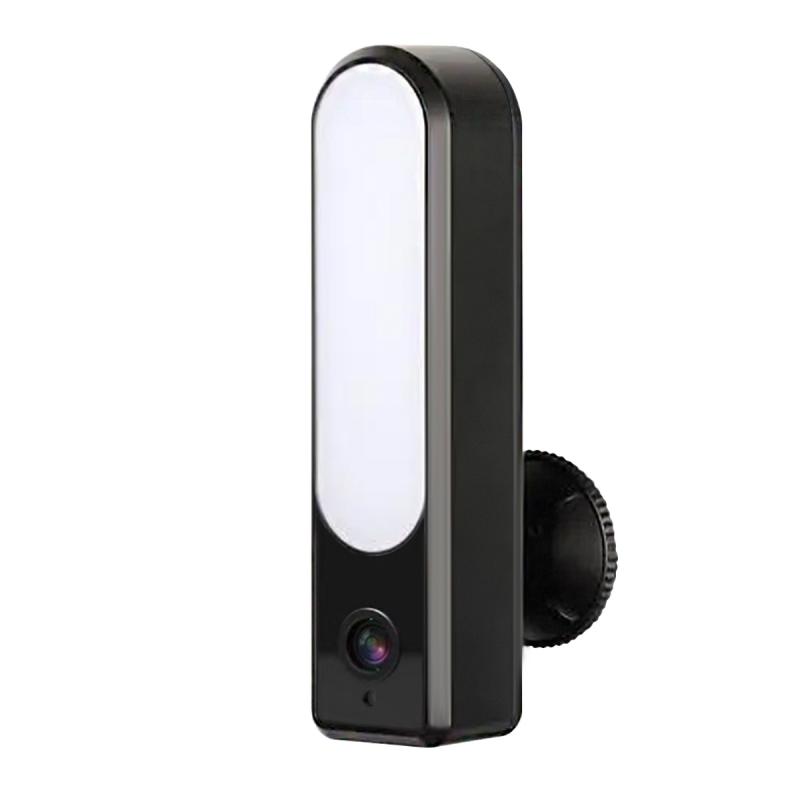
2、 Configuring camera settings for Wi-Fi connection
Configuring camera settings for Wi-Fi connection is a crucial step in order to connect your camera to a Wi-Fi network. This process allows you to wirelessly transfer photos and videos from your camera to other devices, such as smartphones, tablets, or computers, making it convenient for sharing and storing your precious memories.
To connect your camera to Wi-Fi, follow these general steps:
1. Check camera compatibility: Ensure that your camera model supports Wi-Fi connectivity. Not all cameras have built-in Wi-Fi capabilities, so refer to your camera's user manual or manufacturer's website to confirm.
2. Enable Wi-Fi: Turn on the Wi-Fi function on your camera. This can usually be found in the camera's settings menu. Some cameras may have a dedicated Wi-Fi button or switch.
3. Connect to a network: Access your camera's Wi-Fi settings and select the network you want to connect to. You may need to enter the network's password if it is secured.
4. Install companion app: Download and install the companion app provided by the camera manufacturer on your smartphone or tablet. This app will allow you to control your camera remotely and transfer files wirelessly.
5. Pair camera with app: Open the companion app and follow the on-screen instructions to pair your camera with your device. This typically involves selecting your camera model from a list and establishing a connection.
6. Adjust settings: Once connected, you can customize various settings through the app, such as image quality, file format, and transfer options. These settings may vary depending on your camera model and app features.
7. Test the connection: Take a few test shots and try transferring them to your device to ensure the Wi-Fi connection is working properly.
It's important to note that the specific steps may vary depending on your camera model and the companion app you are using. Always refer to the camera's user manual or the manufacturer's website for detailed instructions tailored to your specific camera.
As technology advances, newer camera models may offer additional features and improved connectivity options. Some cameras now support direct uploads to social media platforms or cloud storage services, eliminating the need for a separate device or app. Always stay updated with the latest firmware and software releases from the manufacturer to take advantage of these advancements.
In conclusion, configuring camera settings for Wi-Fi connection is a straightforward process that allows you to enjoy the convenience of wireless file transfer and remote control. By following the steps provided by your camera's manufacturer, you can easily connect your camera to Wi-Fi and start sharing your photos and videos effortlessly.

3、 Connecting camera to available Wi-Fi networks
Connecting your camera to a Wi-Fi network is a convenient way to transfer photos and videos wirelessly, as well as remotely control your camera. The process may vary slightly depending on the camera model, but here is a general guide on how to connect your camera to Wi-Fi.
1. Check camera compatibility: Ensure that your camera has built-in Wi-Fi capabilities. Not all cameras have this feature, especially older models. If your camera doesn't have Wi-Fi, you may need to use an external Wi-Fi adapter.
2. Enable Wi-Fi on your camera: Go to the camera's settings menu and look for the Wi-Fi option. Enable it to start the connection process.
3. Find available networks: Once Wi-Fi is enabled, your camera will scan for available networks. It will display a list of networks that you can connect to.
4. Select a network: Choose the Wi-Fi network you want to connect to from the list. If the network is password-protected, you will need to enter the password using the camera's interface.
5. Establish the connection: After entering the correct password, your camera will attempt to establish a connection with the selected network. This process may take a few seconds.
6. Confirm the connection: Once the connection is established, your camera will display a confirmation message or an icon indicating a successful connection.
7. Test the connection: To ensure that the connection is working properly, try transferring a photo or video wirelessly or use any remote control features available on your camera.
It's worth noting that the exact steps may differ depending on your camera's brand and model. Therefore, it's always a good idea to consult your camera's user manual for specific instructions.
In recent years, some cameras have introduced additional features like NFC (Near Field Communication) and QR code scanning to simplify the Wi-Fi connection process. These technologies allow you to connect your camera to Wi-Fi by simply tapping it against a compatible device or scanning a QR code displayed on the camera's screen.
As technology continues to advance, camera manufacturers are constantly improving the Wi-Fi connectivity experience. Some cameras now offer Bluetooth connectivity, which can make the initial Wi-Fi setup easier by automatically transferring network information from your smartphone to the camera.
Overall, connecting your camera to Wi-Fi is becoming increasingly user-friendly, allowing you to enjoy the benefits of wireless connectivity and remote control capabilities.
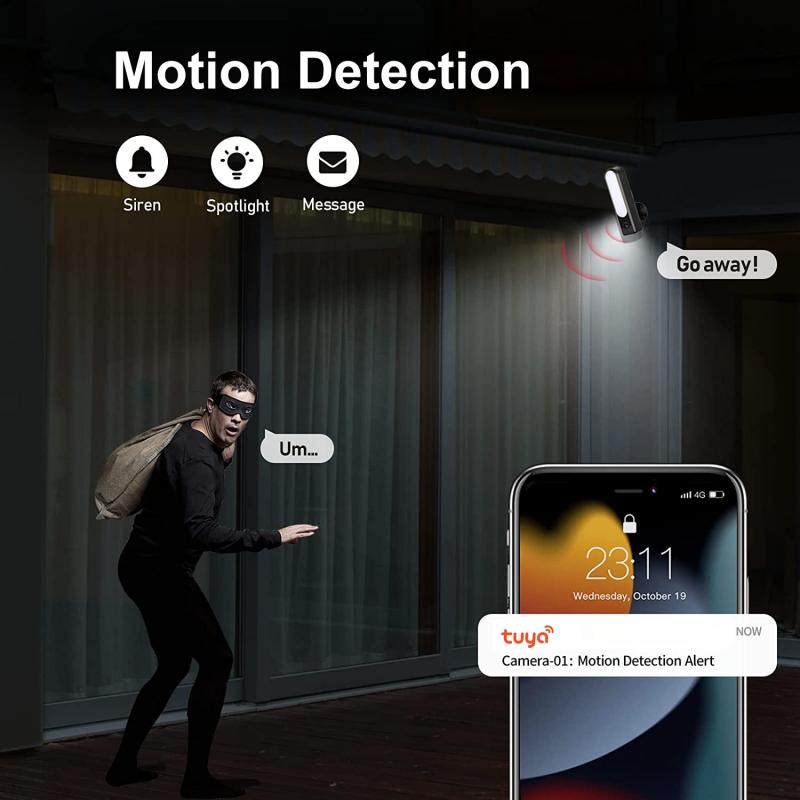
4、 Troubleshooting common issues with camera Wi-Fi connection
Troubleshooting common issues with camera Wi-Fi connection:
1. Check camera compatibility: Ensure that your camera is Wi-Fi enabled and compatible with your home network. Some older models may not have built-in Wi-Fi capabilities.
2. Verify network settings: Double-check your Wi-Fi network settings, including the network name (SSID) and password. Make sure you are entering the correct information, as even a small typo can prevent the camera from connecting.
3. Signal strength: Ensure that your camera is within range of your Wi-Fi router. If the signal is weak, consider moving the camera closer to the router or using a Wi-Fi extender to boost the signal.
4. Reset camera and router: Sometimes, a simple reset can resolve connectivity issues. Try turning off both your camera and Wi-Fi router, wait a few minutes, and then turn them back on. This can help refresh the connection.
5. Firmware updates: Check if there are any firmware updates available for your camera. Manufacturers often release updates to improve Wi-Fi connectivity and address any known issues. Visit the manufacturer's website or consult the camera's user manual for instructions on updating the firmware.
6. Interference: Other electronic devices, such as cordless phones or microwave ovens, can interfere with Wi-Fi signals. Keep your camera away from such devices to minimize interference.
7. Security settings: Ensure that your camera's security settings are properly configured. Use strong passwords and enable encryption to protect your camera from unauthorized access.
Remember, technology is constantly evolving, and new solutions may arise. It's always a good idea to consult the camera's user manual or contact the manufacturer's support for the latest troubleshooting advice specific to your camera model.
